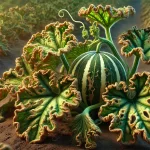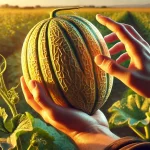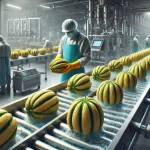Melon cultivation requires specific knowledge and proper techniques to ensure a successful and high-quality production. In this comprehensive guide, we will cover everything from planting to harvest, offering practical advice, technical data, and evidence-based strategies to efficiently optimize melon cultivation.
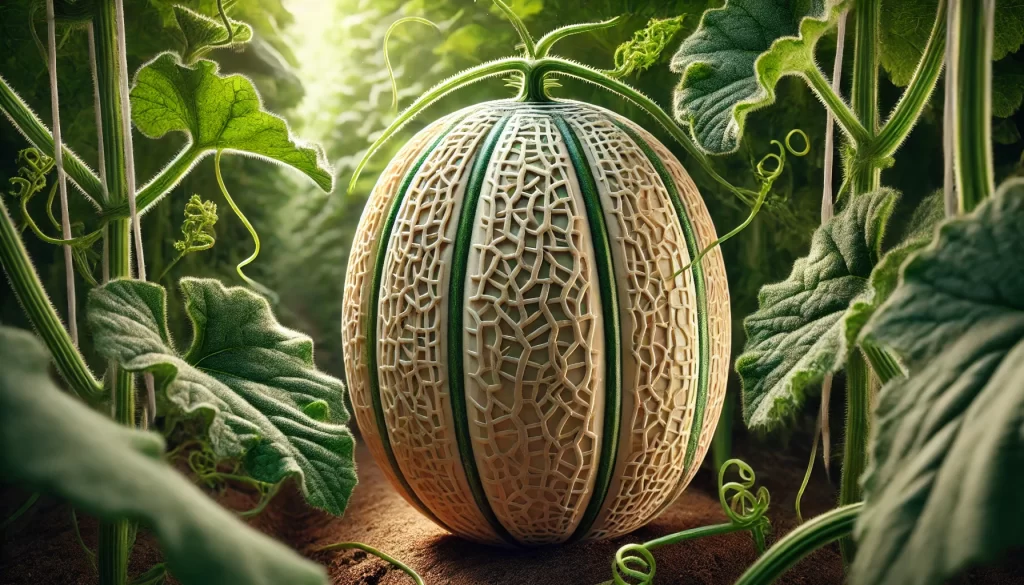
Selection of Varieties and Soil Preparation
Choosing the right melon variety is crucial for the success of the crop. Factors like the local climate, disease resistance, and desired fruit quality influence the selection. Preparing the soil with organic compost and pH adjustments improves the structure and necessary nutrients for optimal growth.
- Common varieties: Charentais, Galia, Cantaloupe.
- Ideal soil pH: 6.0 – 6.5.
- Amendments: Add organic matter and potassium-rich fertilizers to promote fruit development.
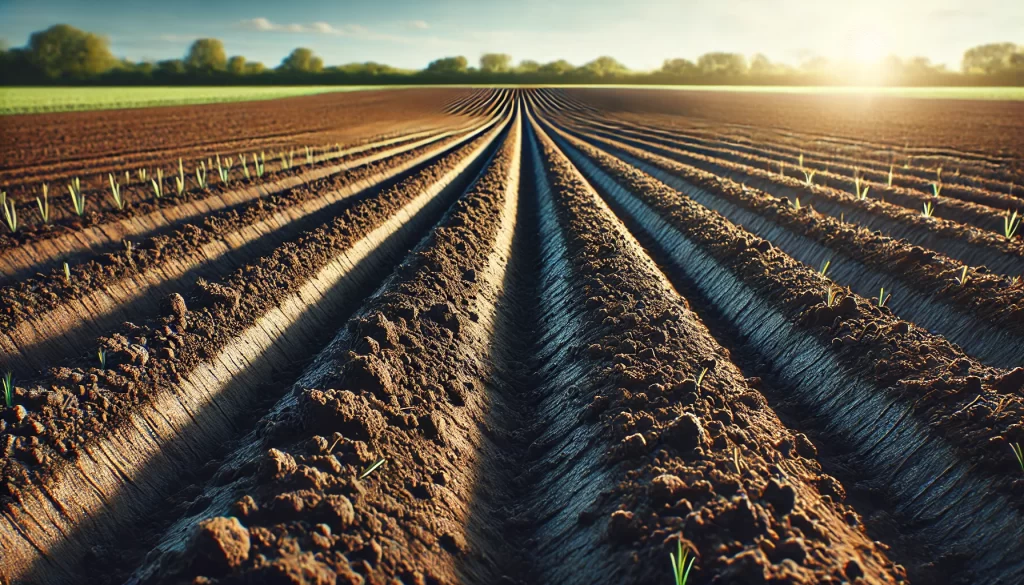
Planting and Germination Techniques
Planting can be done directly in the field or in nurseries, depending on the climate and resource availability. Seeds should be planted in well-drained soil at a depth of 2-3 cm. Maintaining an adequate temperature (24-30°C) and consistent humidity promotes germination.
| Stage | Ideal Temperature | Soil Moisture | Germination Time |
|---|---|---|---|
| Planting | 24-30°C | Moderately moist | 7-10 days |
| Seedling | 22-28°C | Slightly moist soil | 2-3 weeks |
Crop Management and Maintenance
Once melon plants have germinated and established a strong root system, proper crop management is essential to maximize production.
Irrigation and Fertilization
Irrigation should be deep and spaced to promote deep roots and avoid waterlogging, which can cause diseases. Drip irrigation is recommended to better control water amounts and reduce surface moisture.
- Irrigation frequency: 1-2 times per week, depending on climatic conditions.
- Fertilization: Apply phosphorus- and potassium-rich fertilizers at the start of flowering to promote fruiting.
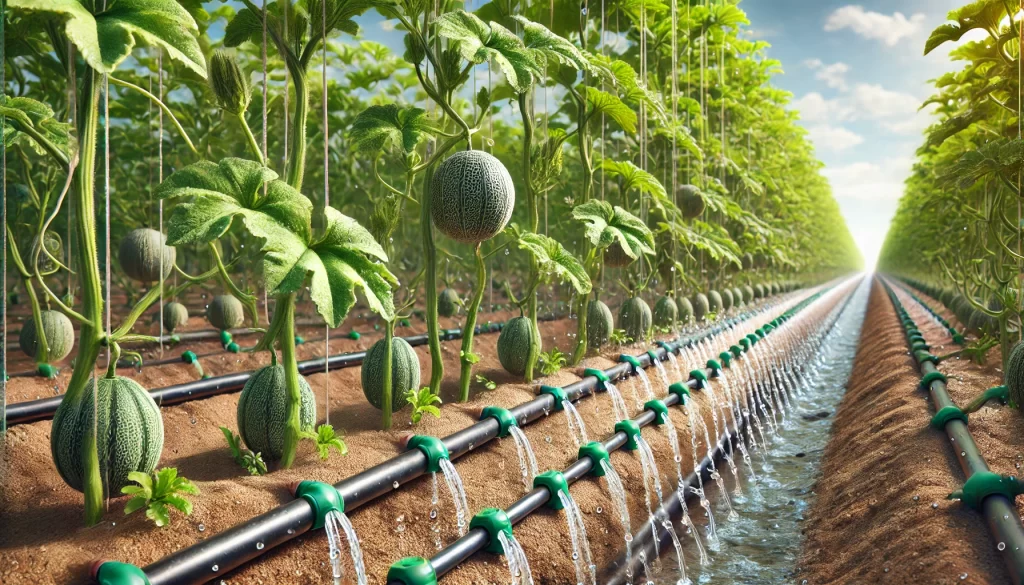
Pest and Disease Control
Integrated pest management includes crop rotation, physical barriers, and the application of natural pesticides when necessary. Fungal diseases can be prevented with good drainage and specific fungicides.
Advanced Techniques and Nutritional Tips for Optimal Cultivation
- Crop associations: Combine melons with plants that improve soil health and reduce pests.
- Continuous monitoring: Use moisture and nutrient sensors to optimize irrigation and fertilization.
- Soil nutrition: Perform periodic soil tests to adjust the application of essential micronutrients like calcium and magnesium, which are necessary for proper fruit development.
| Nutrient | Function | Recommended Source | Application |
|---|---|---|---|
| Nitrogen (N) | Vegetative growth | Compost, organic fertilizer | Early growth stage |
| Phosphorus (P) | Root and flower development | Natural phosphates | Pre-flowering and flowering |
| Potassium (K) | Fruit formation and quality | Cal magnesiano, wood ash | Throughout the season |
| Calcium (Ca) | Prevention of fruit rot | Agricultural gypsum, dolomitic limestone | During growth |
Harvest and Post-Harvest
The timing of melon harvest is critical for fruit quality. Indicators include the characteristic fragrance, softness at the flower end, and a change in skin color. After harvesting, storing melons under proper temperature and humidity conditions ensures preservation and quality.
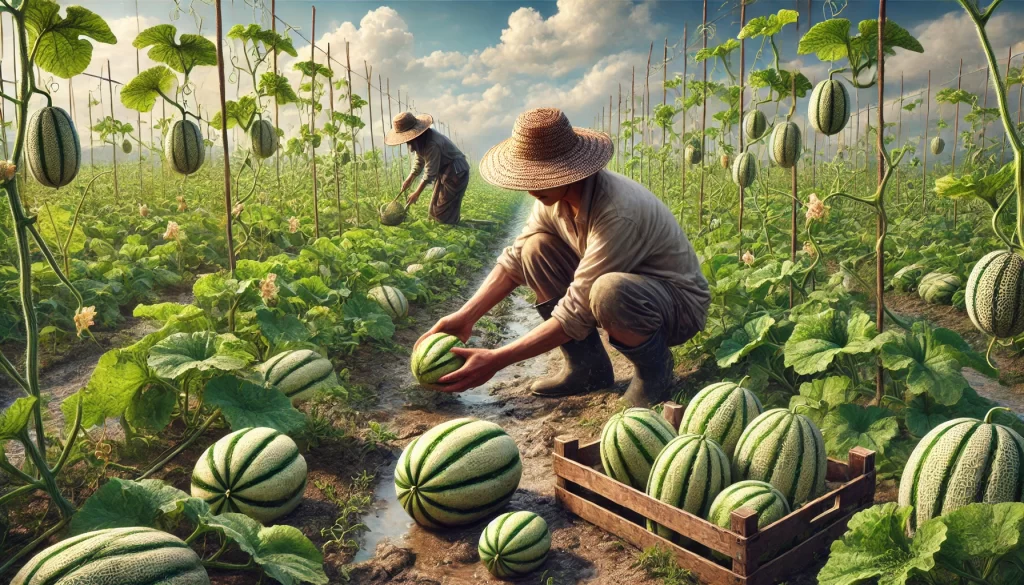
Conclusion
Successfully cultivating melons requires meticulous planning and the application of appropriate techniques from planting to harvest. By following this guide, farmers can optimize their resources, improve fruit quality, and increase production with a scientific and practical approach.
References
- Lampinen, B., et al. (2013). “Integrated Melon Cultivation Techniques and Soil Management.” Journal of Horticultural Science, 78(4), 235-244.
- Ho, C.S., et al. (2011). “Nutritional Management of Melon Cultivation: A Sustainable Approach.” Agronomy for Sustainable Development, 31(2), 279-288.
- Johnson, T.L. (2009). “Optimizing Water Use for Melon Cultivation.” Irrigation Science, 27(2), 137-152.
 AgronoBlog – Agriculture Blog
AgronoBlog – Agriculture Blog 